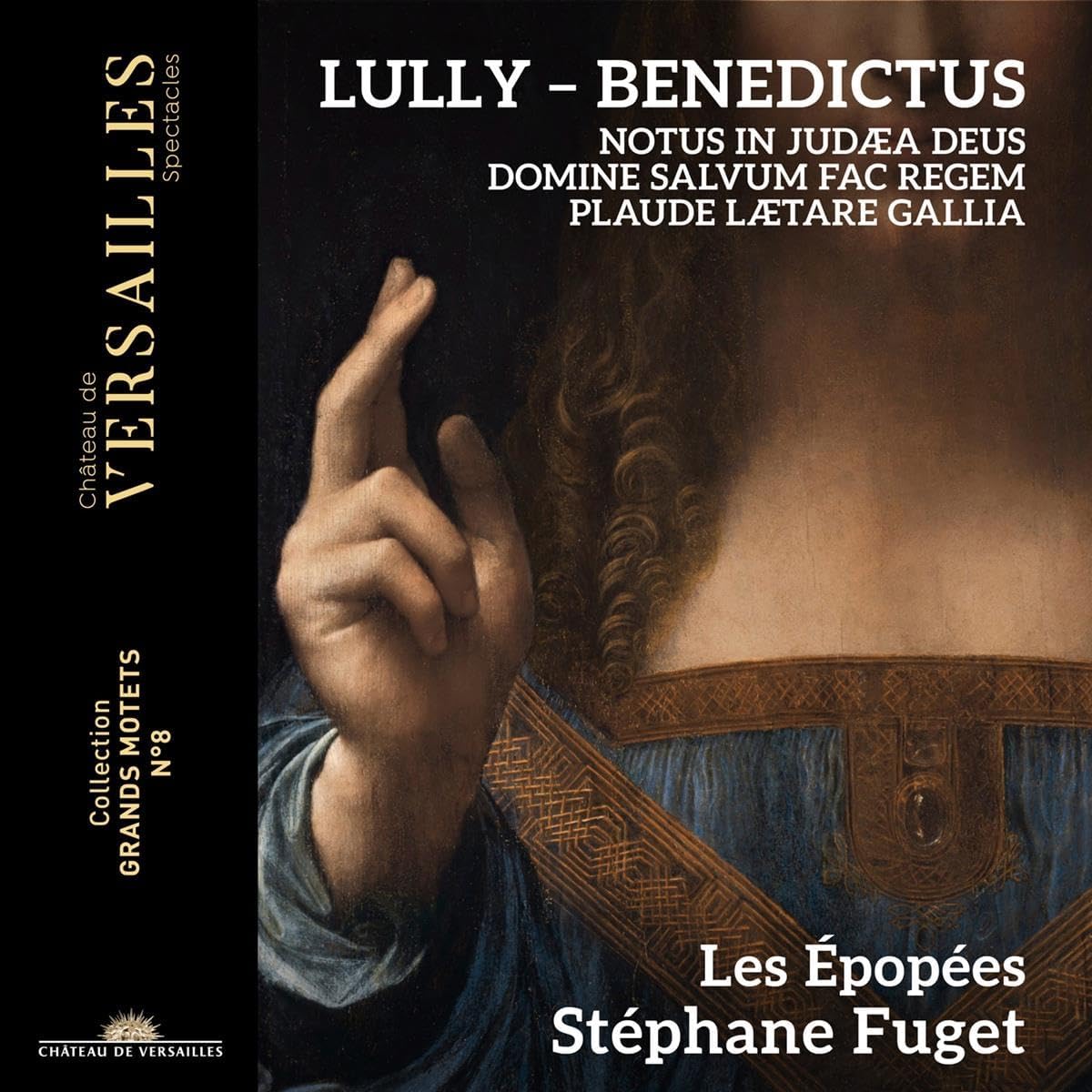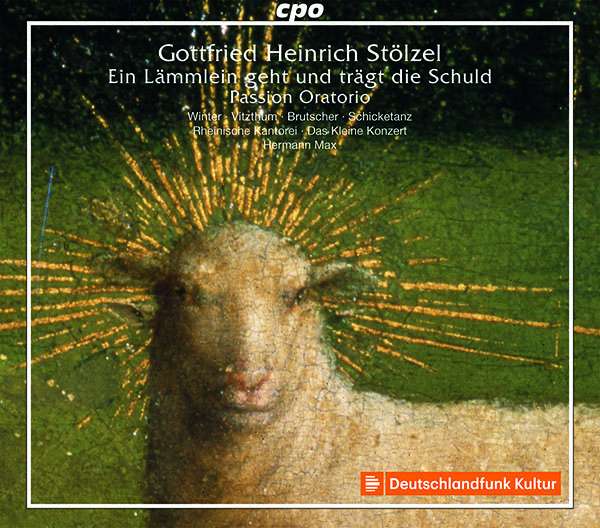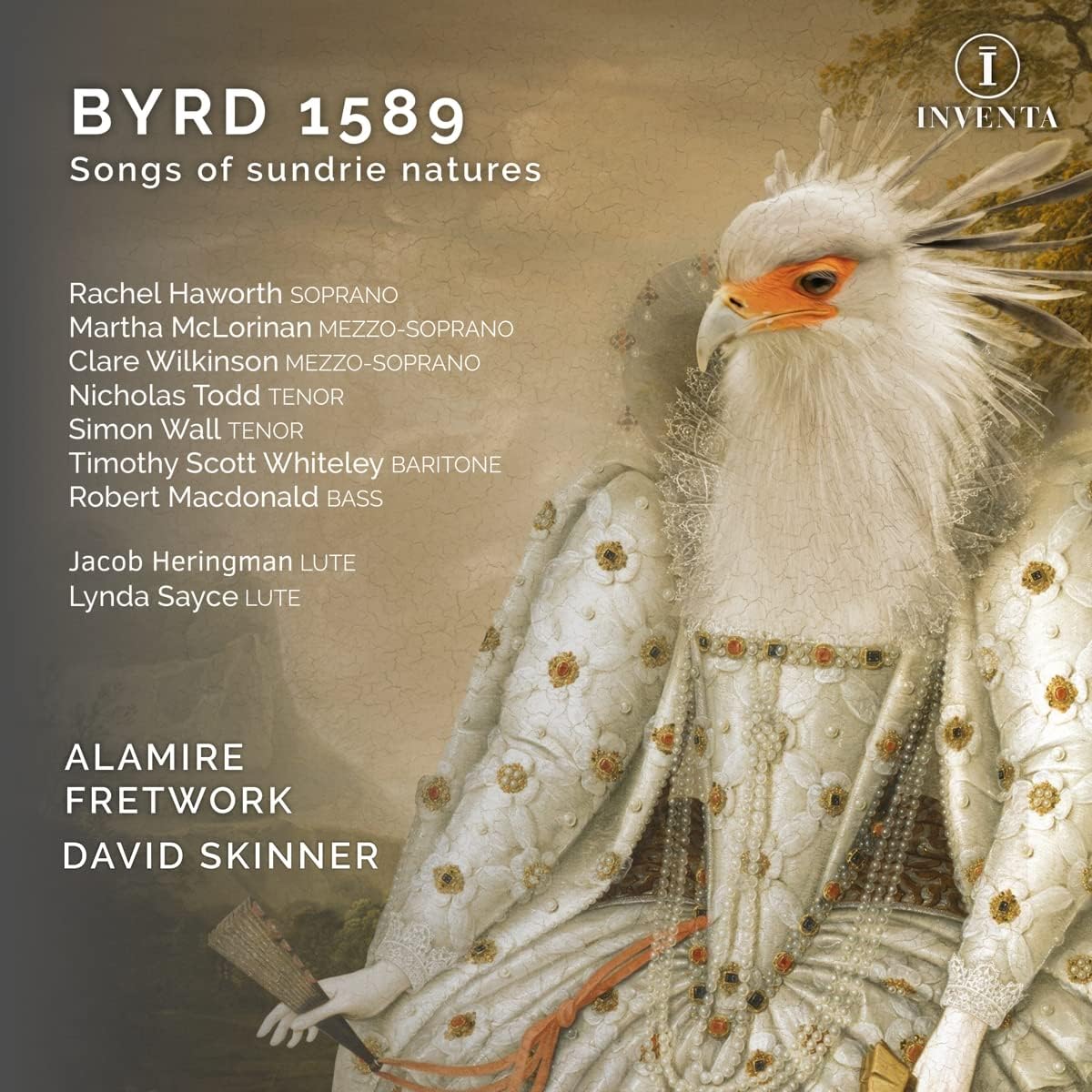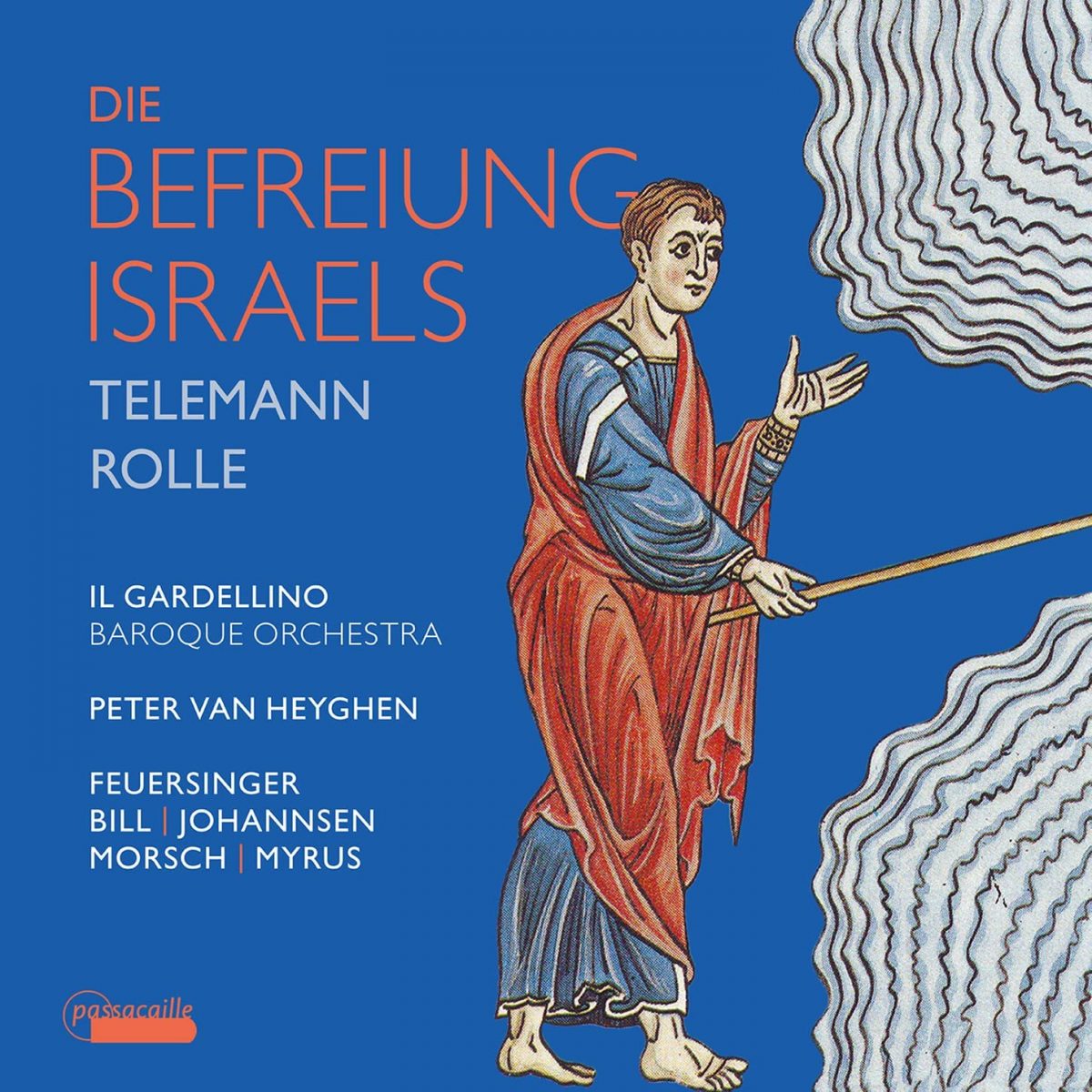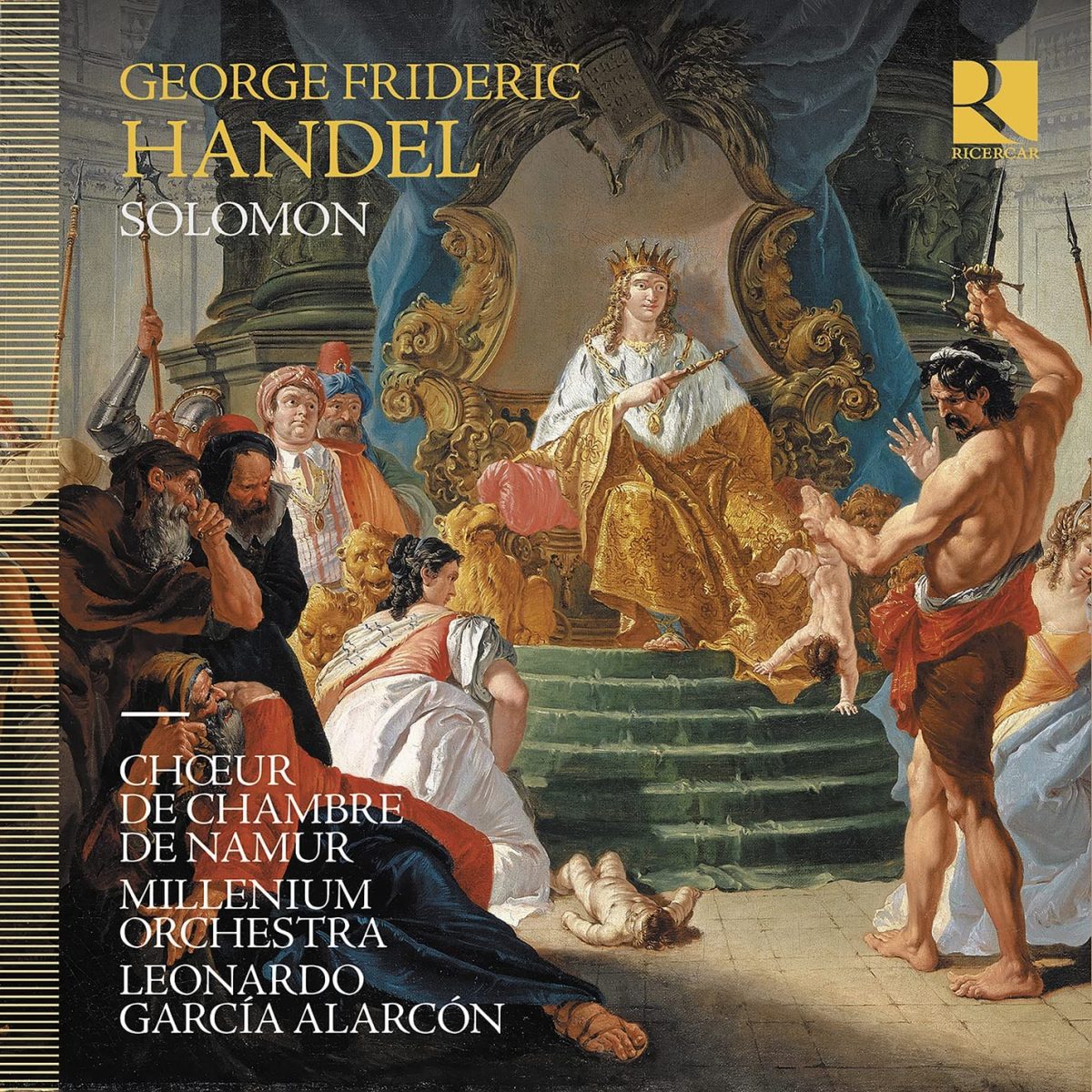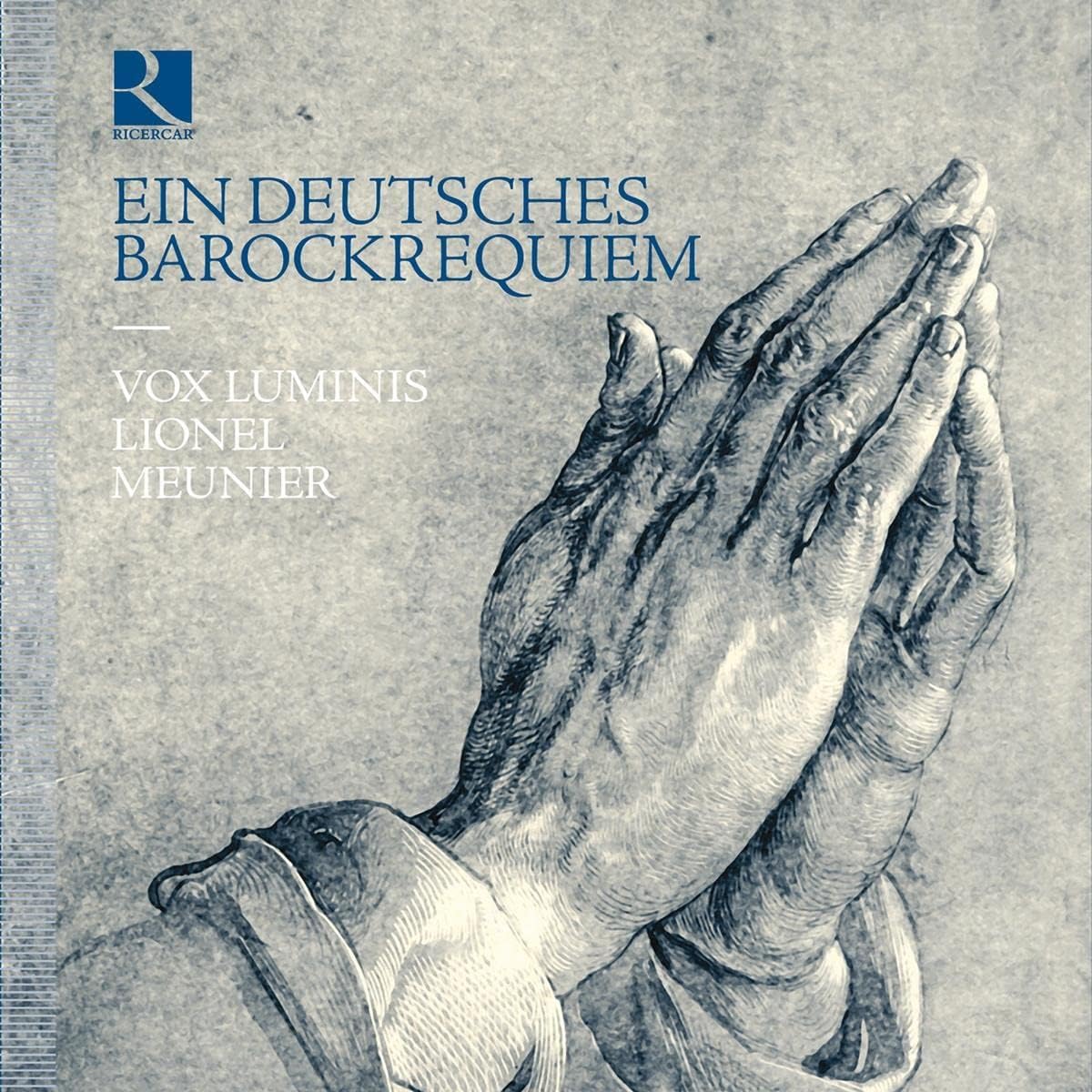Les Épopées, conducted by Stephane Fuget
72:40
Versailles Spectacles CVS087
Volume 3 of the Versailles edition of Lully’s motets – part of a more extensive series devoted to motets of the 17th and 18th centuries – brings four grands motets: Plaude, laetare Gallia of 1668; a setting of the Benedictus of unknown date, but probably the late 1660s; the tiny Domine salvum fac regum, an undated early work that lasts under four minutes; and the dramatic Notus in Judaea Deus, a late work probably dating from around 1684 or 85. Also included is a splendid Magnificat composed between 1663 and 1666 by Henri Du Mont (1610-1684), composer of the Chapelle Royale from 1672 to 1683. The recording was made in the Chapelle Royale at Versailles and has an imposing depth and resonance, though I always feel the acoustic of this wonderful building is at its best when it has an audience, which is not the case here.
The grands motets of Lully and contemporaries such as Du Mont always carry with them a question mark as to whether they are directed more at praise of the king, Louis XIV or God. There is little doubt here in the case of the grandest and most panegyric of these works, Plaude, laetare Gallia for it owes existence to the christening of the Dauphin at St Germain-en-Laye (then the royal palace), an occasion attended by so many it had to be held in the courtyard rather than the palace chapel. Like all the grands motets it is cast in contrasting sections that include solos, chamber-like writing for a small group of soloists (the petit choeur) and the full chorus (grand choeur). The orchestral writing is often elaborate and, in a ceremonial work such as this, intended for the large forces employed here. As one might expect for such an occasion the overall mood is bright and often exuberant, though the heart of the work is a more supplicatory and lyrical passage based on the text, ‘O Jesu, vita credentium! (O Jesu, life to those who believe), its long lines beautifully sustained by the unidentified tenor soloist. It would indeed have been helpful to have the excellent soloists drawn from the chorus identified as they deserve to be in the context of performances that convey outstandingly all the varied features of these works.
The most ambitious work as to scale is the Lully Benedictus, which is divided into nine sections ranging from the measured opening tenor solo, via the chamber-like intricacy of ‘Sicut locutus est’ for tenor and bass and solo instruments and the full choral texture of ‘Salutem’ to reach a magnificent peroration in the sublime solo bass ‘Per viscara misericordiae’ and the theatrical contrast of ‘in tenebris, et in umbra mortis sedent’ (in darkness and in the shadow of death) and ‘ad dirigendos pedes nostros in viam pacis’ (to direct our feet into the way of peace). The text of Notus in Judaea Deus, based on Psalm 75 (76) and the most colourfully orchestrated of these motets allows for even greater theatricality, its invitation to word painting at references such as ‘the earth trembling and then becoming still’ not passed up by Lully. The Du Mont setting of the Magnificat is a supreme example of his work, combining polyphony that displays a clear influence of Venetian sacred music in addition to exquisitely lovely beautiful cantabile writing at a passage such as ‘Et misericordia’, a tenor and bass duet with choral interjections.
It has already been made clear that the performances are of outstanding quality, leaving this an essential addition to a series of great value.
Brian Robins
